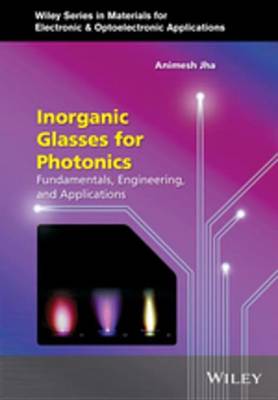Wiley Series in Materials for Electronic & Optoelectronic Applications
1 total work
"This book is structured in seven chapters. Chapter 1 discusses glass science and structures of inorganic glasses, which are commonly used for photonic devices, including oxide, fluoride, chalcogenide and mixed anion glasses. Chapter 2 covers the important thermal, viscosity and physical properties of glasses which, by nucleation and crystal growth processes can be engineered for photonic device applications. In Chapter 3, bulk glass fabrication using melting and casting and sol-gel techniques are discussed along with the fabrication principles of glass-ceramic materials, sol-gel formation and sol-gel based glass fabrication. Chapter 4 introduces the standard geometrical optics for fibre optics, Maxwell's equation for modal analysis and its importance in fibre and waveguide optics. It concludes with a detailed discussion on refractive index and its dependence on compositions, density, temperature and stress. The relationship of these properties in controlling bulk optical properties is especially emphasized. The main emphasis of Chapter 5 is on the methods of thin film fabrication using physical and chemical vapour deposition and on pulsed laser deposition including ion implantation techniques. Chapter 6 starts with the classical radiative transition theory based on dipole models, and then explains the concept of dipoles and electron-phonon coupling. Emphasizing various quantum mechanical rules, it then discusses the radiative, non-radiative, energy transfer and upconversion processes. Finally, chapter 7 covers the photonic device applications of inorganic glasses, fibres and waveguides and concludes with a short discussion on the emerging opportunities in future for inorganic glasses"--
